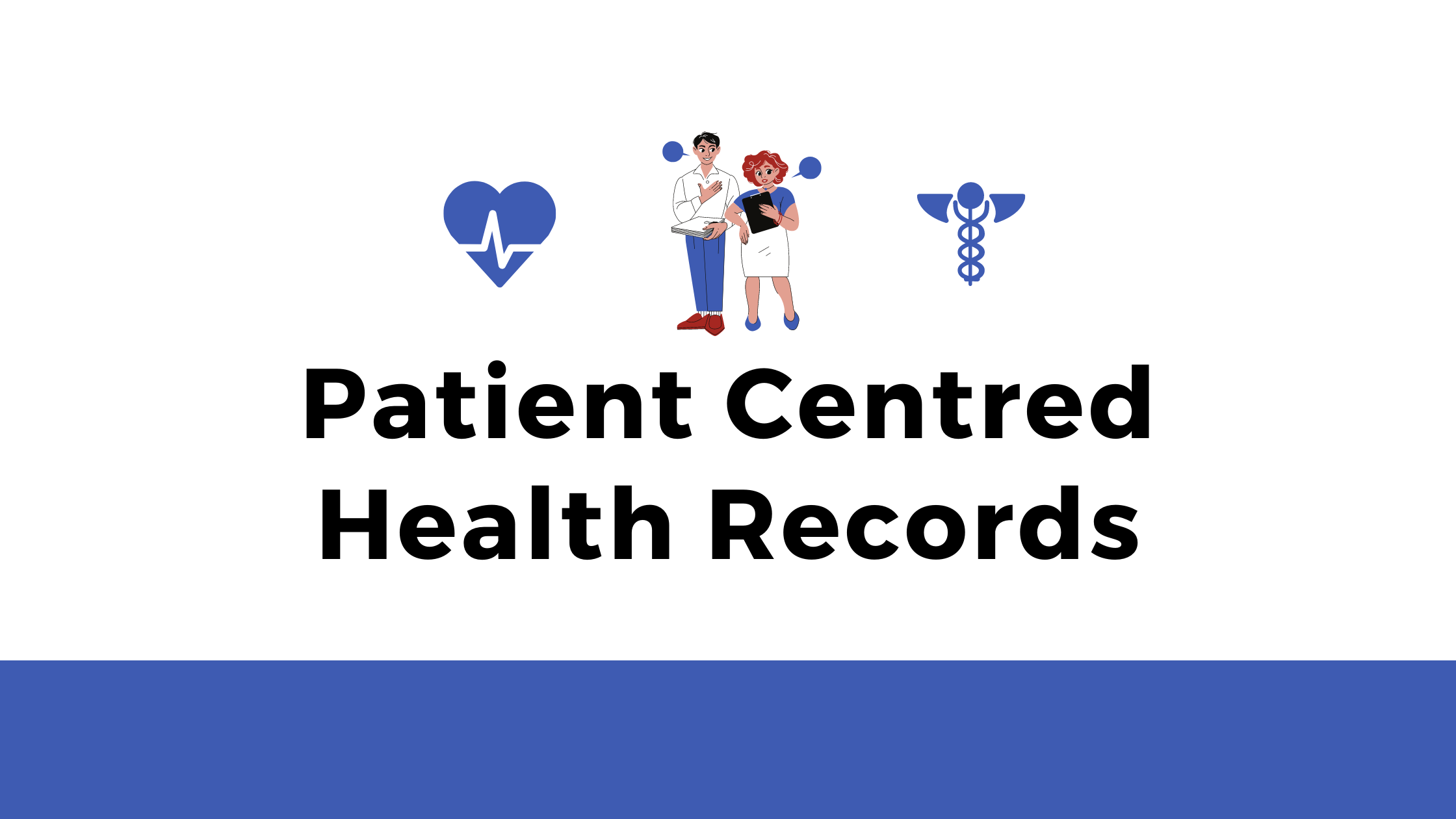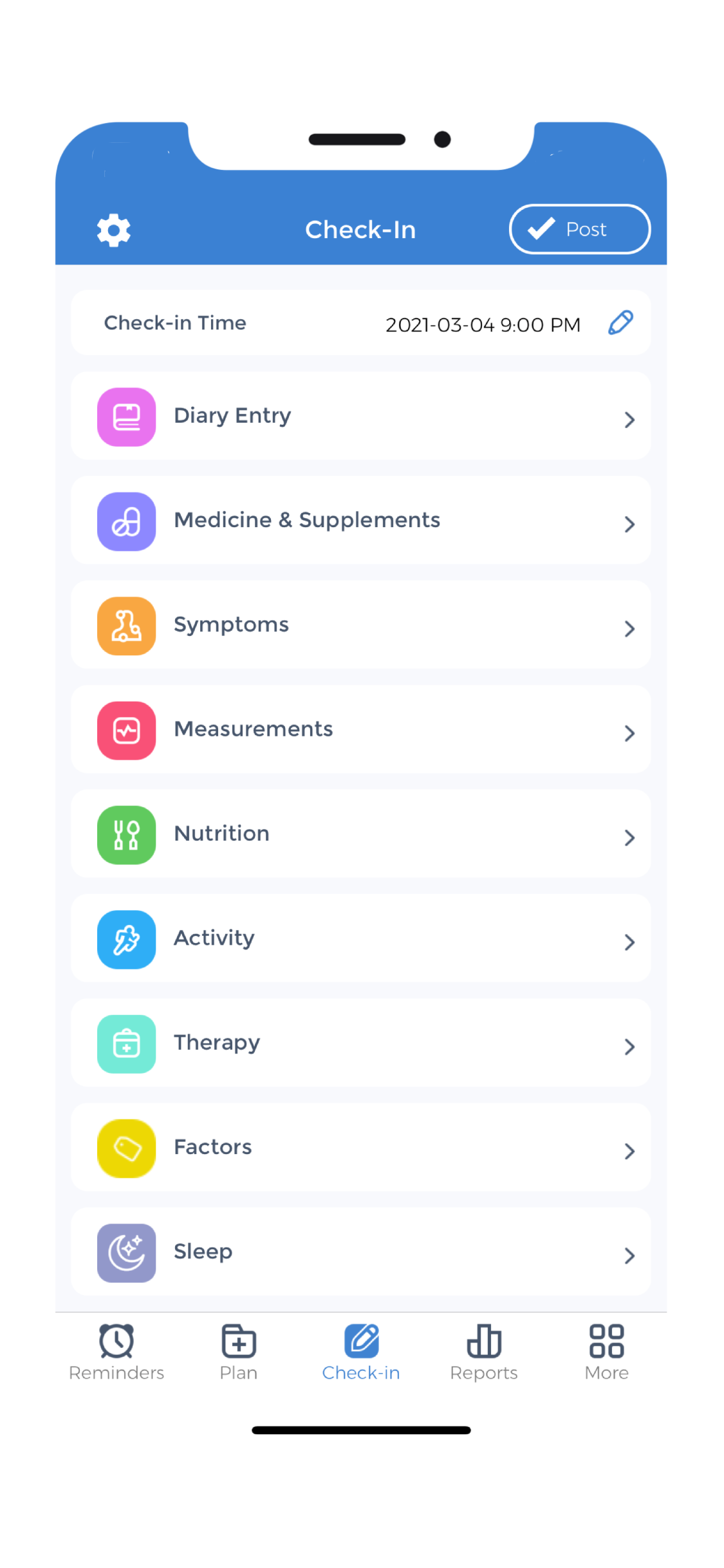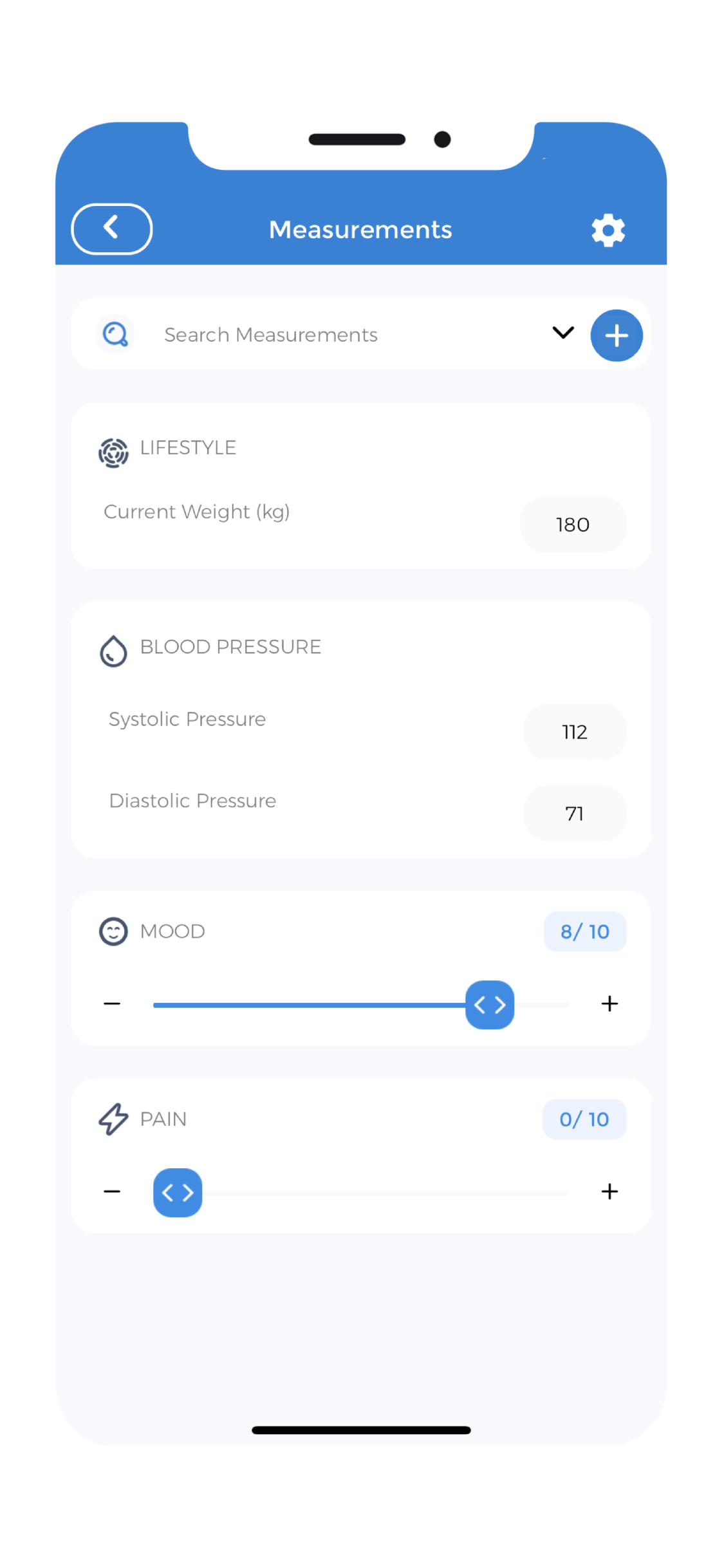
Types of health records
Electronic health records (EHRs), electronic medical records (EMRs), and personal health records (PHRs) are similar terms but are different depending on the purpose they serve and how they work. The following are the definitions for EHR, EMR, and PHR.
The electronic health record (EHR) is a systematic record of clinically significant information generated from health information. The information is derived from multiple data sources throughout a patient’s lifetime. They are stored and shared in a secure environment, and access is limited to authorized health care providers only. Information stored in these systems includes lab results, drug history, clinical reports, such as discharge summary, diagnostic images and immunization information.
The electronic medical record (EMR) is another digital version of a paper record containing your clinical data collected from a healthcare provider. The EMR has replaced hand-written notes. Usually, the physician’s office stores those records in folders and shelves. EMR is an office-based system that enables the healthcare professional to add information related to your visit to the physician’s office. Data included in these systems would consist of your weight, pulse rate, blood pressure and other clinical data related to your visit. EMR might allow your physician to access information from your EHR as well.
The personal health record (PHR) is an individual record under the control of individuals. PHR helps patients collect information from various sources and store it securely over their lifetime. A PHR might contain partial or complete data from an EMR or EHR. PHR gives the patient the ability to monitor their health information actively. Therefore, it is a patient-centric health record, allowing patients more control over their records than the healthcare provider.[1][2]
Electronic Health Records
Simply put, an electronic health record (EHR) is a digital form of a patient’s paper-based medical record. EHRs are patient-centred records that are readily and securely available. An EHR system has a broader aspect of patient care and is vital to healthcare in the latest healthcare environments. EHR contains the patient’s medical and treatment histories, allergies, diagnoses, treatments, immunization information, radiology and laboratory results. Evidence-based tools can use this data to make decisions on patient care.
Benefits of EHRs
The main advantages of IT-enabled health are accessibility and portability. The health information in an EHR can be accessed and managed by authorized individuals and shared across any provider or organization. Providers include general practitioners and specialists. Institutes include emergency rooms, pharmacies, laboratories, medical imaging facilities and clinics at schools and workplaces. Information is collected and shared across these providers and institutions so that the data is complete and up to date.
Components of Electronic Health Records
An electronic health record would have the following components to fulfill patient requirements.
Laboratory Information Systems permits the healthcare providers to view laboratory test results, irrespective of the site or location where the test was done.
Diagnostic Image Repositories allow health care providers to view diagnostic images and reports irrespective of the site where the test was done.
Drug Information Systems facilitate health care providers to access, view and manage patients medication history
Telehealth is a technology that delivers health care services virtually. It makes it possible so that the clinician and the patient do not need to be in the same location. Telehealth can improve healthcare quote quality in places where there are insufficient resources for health care, for example, rural areas or areas where there are fewer doctors.
Privacy becomes a concern when health information comes in digital format. Many laws and privacy regulations are considered when an EHR is developed.
Clinical interoperability is a feature available in the PHR infrastructure to enable sharing information with less disruption and a secured flow.
Public health surveillance improves the efficiency of public health services, including tracing and preventing and following up contagious disease cases, immunization and disease outbreak.
Registries to identify patients and authorized health care providers.[3][4][5][6]
Personal Health Record (PHR)
Personal Health Records are rapidly trending, even more as a result of the COVID-19 pandemic. Having a PHR would let you have control over your personal health information (PHI) at any time. In the absence of PHR, you would have to spend time and money to retrieve your personal health information via a time-consuming release-of-information process.
The first PHR definition published by AHIMA in 2005 reads, “The personal health record (PHR) is an electronic, universally available, lifelong resource of health information needed by individuals to make health decisions. Individuals own and manage the information in the PHR, which comes from healthcare providers and the individual. The PHR is maintained in a secure and private environment, with the individual determining rights of access. The PHR is separate from and does not replace the legal record of any provider.” (R)
As mentioned in the previous paragraphs, patients are the custodians of their own information in a PHR. They hold control over how to use the information and with whom they share their data. Research shows that patients rate “access to their personal health information” as the most important PHR feature.
Types of PHRs
PHRs can be either paper or electronic, and the electronic records can be maintained via software on your personal computer or through a cloud-based service. The significant differences between both formats are based on convenience and accessibility. Convenience addresses how the records can be updated and maintained. Accessibility, on the other hand, addresses how easily you can provide access to healthcare providers. Regardless of which you pick, it is your responsibility to continuously update and monitory your records.
Paper-based
Everyone used to have a paper-based PHR. Even before you heard of PHR, you would have used are paper-based PHR to collect all the documents related to your hospital visits. For example, prescriptions, other investigations and reports are all examples of paper-based PHR. These PHRs are still in the market and collect documents carrying health-related information from your physician, pharmacies and other investigations. You can maintain your own home-made paper-based PHR. There is no need for specific technical knowledge or skills; if appropriately updated, it could provide reasonably good information on your health. However, there are a few disadvantages to paper-based PHRs. They require a lot of effort to update the information, have limited accessibility to information, and may not be available in emergencies unless you carry them along wherever you go.
Electronic personal health records

An EMR is integrated into the PHR. Nearly all of the information stored in the tethered PHR automatically syncs with the healthcare provider’s EMR. Patients can access and manage the records through the web portal or an application. Hence, the most appropriate patient-centred PHR system is one that is integrated into a healthcare provider’s EMR systems. The following are some subtypes of personal health records.
Personal Computer
PHR products can also be maintained on personal computers. It requires a PHR application/program installed on the patient’s home computer. They can update the information by manually entering it into the application or scanning the documents provided by the healthcare provider. The information can be stored on the computer or any other portable device such as an external drive. You can also control access to the information. However, this needs some technical knowledge. But it is easy to update, store, and maintain. Lack of information during an emergency is a major drawback in this case as well.
Cloud/Internet-based
Many of the latest PHR systems are internet or cloud-based, and basically, work similarly to the applications on a personal computer. You can access the securely stored information by logging into the system with a unique username and password. The organization of information is made easy and can be arranged to be viewed the way you want, for example, in chronological order or by physician name. You can easily update and manage your information. You and individuals authorized by you may access these health reports online. The essential advantage of the internet or cloud-based PHR is the availability of the information despite an emergency.
Hybrid-Personal Computer and Internet
As the name suggests, a hybrid PHR allows you to maintain your health information in your personal computer and transfer the information to a cloud account. Your healthcare provider can access this information in the cloud account in case of an emergency. You can choose to upload your medical information entirely or partially.
Benefits of PHR
PHRs would improve the patient experience by making the healthcare system further patient-centred. PHRs support you in making informed decisions by allowing access to your health information. You can have greater control of your health. The following are some benefits of PHR.
Complete control
Firstly, the personal health record carries a snapshot of your health and allows you to have control over your personal health information. You can view information, for instance, laboratory results, and verify the accuracy of the information. If you consent, your family or caregivers can also have access to your PHR.
Comprehensive information
PHR syncs data from patients, EMRs, and reports from other health sectors, including primary healthcare physicians, hospitals, laboratory, diagnostic imaging, pharmacy and community.
Accessibility
Another essential feature of PHR is accessibility. It can be accessible when you need it and where you need it. You don’t need to go to the physician’s office, especially in case of medical emergencies. On the other hand, the portability of the PHR lets you share your health information using the PHR itself across different systems. No out-of-pocket expenses to retrieve your health information from your health care provider.
Saving time and money
By enabling you to share your health information with any healthcare provider involved in your healthcare, PHRs can improve coordination of care and data flow between different healthcare providers. This, in turn, will reduce the need to repeat tests. You do not have to repeat your medical history with each provider. Since the relevant information is already available in hand, healthcare providers can focus more on delivering appropriate care without any delay in history taking and investigation.
Maintain up-to-date information
The tracking feature of PHRs helps you manage your health. You can share this information with your healthcare provider when the need arises.
Staying hydrated is also part of good health tracking. There are apps to track water intake that help you monitor your daily hydration levels. This simple habit works well alongside other health measurements you’re already recording.
Since real-time updates keep the PHR up to date, the personal health information is accurate. PHR has inbuilt features to ensure privacy and security; hence, you do not have to worry about privacy breaches.
Track your health
PHRs have features that enable you to regularly monitor and manage your health by periodically entering manual readings of blood sugar and blood pressure.
Engage and make informed decisions
Keeping up-to-date information will allow you and your family to make informed decisions and manage your healthcare, especially in an emergency. You will be more satisfied and more engaged in your healthcare when you are more informed about your health information. As a patient, you and your family and caregiver will have more informed discussions with your healthcare provider. You will play an active role in any healthcare decisions and discuss procedures, diagnoses, and treatments with healthcare providers.
Enhanced communication
PHRs can also assist communication between patients and healthcare providers. They have a direct, secure communication medium to communicate test results or to ask questions to clarify a treatment plan. This feature improves the patient-provider relationship.[7]
CareClinic app as my health record

Diary Entry
The diary entry feature lets you make entries about your daily life. Use the app’s diary entry feature to track day-to-day activities or events you encounter. You can also add measurements related to your health, such as blood pressure, blood glucose, weight, height, thyroid hormone values, etc.
Symptom Tracker
The symptom tracker lets you add symptoms you are experiencing. For instance, you can track symptoms associated with your medical conditions. You can start tracking your symptoms before seeking medical attention and compare how well the therapy relieves you from symptoms after visiting the doctor’s office. This helps seek medical attention during the disease-related symptoms, which might lead to complications. If you suffer from a medical condition or several, you can add these into the application and connect them to your care plan.
Pill Tracker & Reminder
Medications are important. Never forget your pills – let it be your multi-vitamins or any prescription medication. Leave it to the CareClinic app. Get reminders before you run out of you medication. Have a look at our blog article on pill tracking. Keep in mind that this application can also generate reminders for doctor appointments and organize an entire care team to help you with your medical needs.
Reports
Reports are another great feature in the CareClinic app. They can provide a lot of insight into your lifestyle. CareClinic’s reports consider your logs in diary, nutrition, activities, symptoms etc., and subsequently generate reports to show the associations between those entries. This connection would be helpful to learn more about yourself and your disease-related changes.
You can use the CareClinic app to store health information regularly and the app will use them to generate monthly reports. Since these reports will provide a clearer picture of your health status and treatment, they will help you and your physician explore appropriate treatment solutions.
Nutrition
CareClinic offers a nutrition tracker, which helps you maintain your diet log. Whether you are well or not, you should keep track of your food to ensure adequate intake of nutrition for your well-being. Meanwhile, this nutrition tracker will also help identify your cravings and help you manage them. If you have a specific diet to change your food habit, you can follow your diet and reflect on how you can live a healthy life.
Activity
Use this feature to track all activities you do. CareClinic’s activity tracker lets you identify any actions that worsen or relieve your moods and symptoms. You can look back to see if there are any correlations between your symptoms and any activity you may have participated in. You can review your activities to make sure that you are leading an active lifestyle.
Therapy
It is difficult to remember and recall all of the details related to procedures and treatments you have pursued. With the CareClinic app as your personal health record, you can rely on the app to record and retrieve all procedures, treatments, and medications recommended to you. Maybe you are seeing a family physician or undergoing surgery – you can record all of your appointments and therapies so that you never forget something.
Sharing my health record from the CareClinic app
Using the CareClinic app, you will be able to export your health-related data and share it with your family, caregivers, and physicians.
You can either export a CareClinic-generated report as a PDF file or print and share it with your health care provider. Also, you can show your concerns from your CareClinic app itself. These reports will contain essential health information, allowing the physician to review your health history and work on your treatment plan.
Are you one of those who worry, “How to maintain my health records?” Go ahead and download the CareClinic app today from the Google Play Store or Apple App Store and be in control of your personal health information.
References
- “What are the differences among electronic medical records, electronic health records, and personal health records? | HealthIT.gov”. https://www.healthit.gov/faq/what-are-differences-among-electronic-medical-records-electronic-health-records-and-personal
- “Personal Health Records: Definitions, Benefits, and Strategies for Overcoming Barriers to Adoption – PMC”. https://pmc.ncbi.nlm.nih.gov/articles/PMC1447551/
- “Benefits of EHRs | HealthIT.gov”. https://www.healthit.gov/topic/health-it-and-health-information-exchange-basics/benefits-ehrs
- “Benefits of Electronic Health Records (EHR)”. https://www.usfhealthonline.com/resources/healthcare-analytics/benefits-of-ehr/
- “The Benefits of Electronic Medical Records – Heart & Health Medical PLLC”. https://heartandhealth.com/for-patients/the-benefits-of-electronic-medical-records/
- “Wheel | Benefits of EHRs”. https://www.wheel.com/companies-blog/benefits-of-ehrs
- “Patient portals and personal health information online: perception, access, and use by US adults”. https://pubmed.ncbi.nlm.nih.gov/27413120/


